Is the Myanmar junta facilitating opium cultivation near the Indian border?
A recent UNODC report shows a dramatic spike in poppy cultivation in northern Chin State, bordering Mizoram and Manipur. Who's behind this?
Today marks two years since the military in Myanmar forcefully attempted to overthrow the elected civilian government in a coup. Since then, it has tried its best to dominate the entire country using brute force and political inducements. But, beyond Nay Pyi Taw, Yangon, and a few other pockets in the Bamar heartland, it has struggled to expand or enforce its remit.
Contrary to what the mandarins and opinion-makers in New Delhi might believe (or argue in public), the coup has put Indian interests on the line in more ways than one. Following are three:
The junta has hired Indian Insurgents Groups (IIGs) as mercenaries in its own dirty war, and in exchange, allowed them to use Myanmar territory as a staging base;
The junta has threatened the safety and security of Indian citizens along the border areas in Mizoram by sending jets into Indian airspace and allegedly bombing Indian territory;
The junta along with one of its militias, the Border Guard Force (BGF), has encouraged and protected Chinese-run illegal businesses to run an international digital scamming racket near the Thai-Myanmar border; young Indian professionals are being trafficked into it.
We now have yet another set of evidence to show that the Burmese junta is proactively acting against Indian interests and security.
On 26 January, the UN Office on Drugs and Crime (UNODC) released the ‘Myanmar Opium Survey 2022’ – the first full season iteration of the annual survey since the attempted military coup in February 2021.
The report’s findings were alarming, even for a country where an opium-driven underground economy has flourished for decades. The UNODC found that poppy cultivation in Myanmar had increased by an estimated 33% compared to the previous season. In fact, the coup reversed the downward trend in numbers visible after 2014 when the country began transitioning into a civilian democracy.
The survey covered four states – Shan, Kachin, Kayah and Chin. Of them, Shan showed the highest jump in total poppy cultivation from 2021 to 2022 (39%).
What’s interesting, however, is the dramatic spike of 14% in Chin State, a hilly ethnic minority region in western Myanmar bordering India. In fact, this is the first time UNODC has surveyed Chin State since 2018, which means there was no opium cultivation here right before the 2021 coup.
Here’s the opium cultivation heat map from the 2022 survey:
Notice the lone dark green patch at the centre of the left margin? That’s Tonzang Township in northern Chin State, bordering northern Mizoram and southern Manipur in India. It is arguably the hilliest and remotest Chin frontier.
“Chin State showed high poppy cultivation density in the mountains north of Tonzang town, near to the international border with India,” the UNODC report says.
The UNODC heat map shows that the patches of densest cultivation in Tonzang touches the international border with southern Manipur, indicating that the poppy fields might even be spilling over into India. This, in itself, should be a huge cause of concern for the Indian government.
Opium is a key ingredient for heroine, which remains one of the primary narcotic substances entering the Indian border states of Manipur, Nagaland and Mizoram from Myanmar (as also discussed in the recent national police conference). Just last weekend, the Assam Rifles seized Rs 6.8 crore worth of brown sugar – an adulterated form of heroine derived from poppy – from Khudengthabi village in Manipur’s Tengnoupal district, which borders Myanmar’s Sagaing Region.
Vast swathes of thick poppy fields sitting right across the Indian border in an active conflict zone – yup, that doesn’t sound good, does it?
Northern Chin State is not new to opium. But, the poppy fields had nearly disappeared in the years following 2014, until the 2021 military coup. So, what happened after the putsch?
Who is behind this sudden uptick in opium poppy cultivation in northern Chin State?
Here’s an interesting juxtaposition of two maps created by the Chin Human Rights Organisation (CHRO).
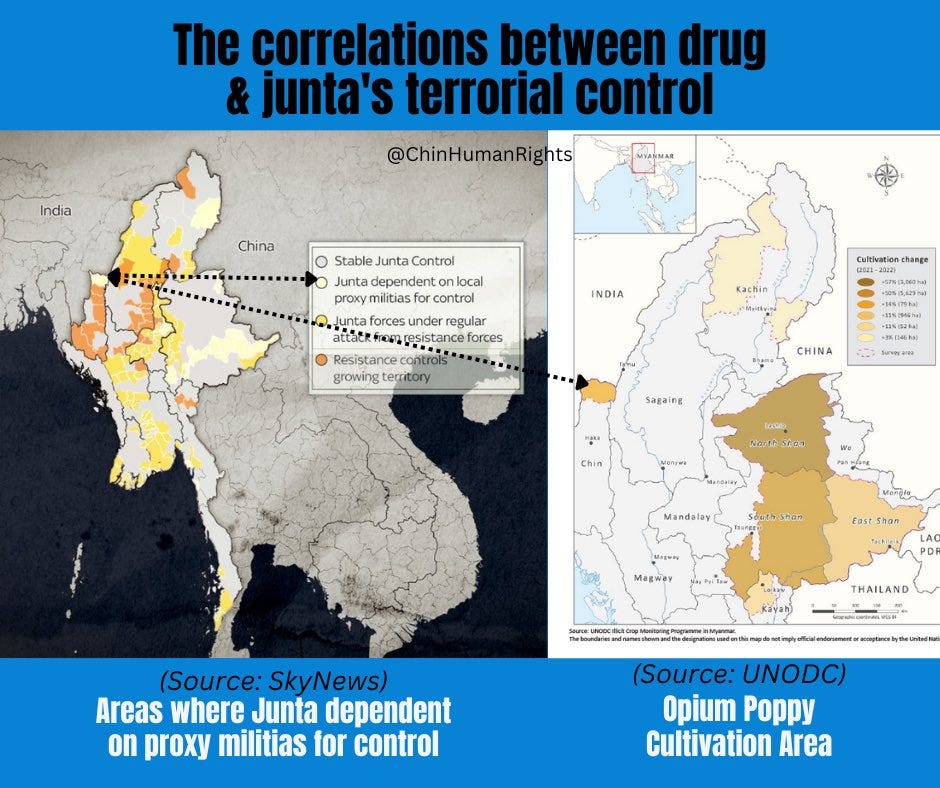
Look closely and you will see that the areas of opium cultivation in northern Chin State’s Tonzang Township identified in the recent UNODC report overlap with areas controlled by the junta’s proxies, as indicated in the map produced by Sky News.
According to sources familiar with the current situation in Chin State, the main proxy of the Myanmar junta operating in Tonzang is the Zomi Revolutionary Army (ZRA). Formed in 1997, it is the armed faction of the Zomi Reunification Organisation (ZRO), which aspires to unify all Zomi people spread across India, Myanmar and Bangladesh under a single political unit.
It has historically based its activities and operations not in Myanmar, but in the Paite-dominated areas of Manipur. The ZRA declared an informal ceasefire in 2005 and signed a formal one with the Indian government in 2008. It maintains a camp known as “Mount Sinai” near Behiang, a Manipuri village close to the India-Myanmar border. Thang Lian Pau, a Zomi National Congress MP-elect from Tonzang Township, serves as it President.

There is some evidence from the past to suggest that the ZRA has collaborated with, among others, Manipuri Meitei (or “Kathay”, as they are known on the Myanmar side) insurgent groups – such as the Kanglei Yawol Kanna Lup (KYKL) – from time to time. But, save for a few incidents of violent intimidation and arms seizures, the ZRA had largely been silent over the last one decade.
Off late, however, a new faction within the group has reared its head. Known as the “ZRA-Eastern Command (ZRA-EC)”, it is based across the border in northern Chin State and has been particularly active since the 2021 coup. Colonel Kham Min Thang (alias Mason Thang), who is purportedly the brother of Pau’s wife, commands this Myanmar-based faction.
According to Chin media, the ZRA-EC has been working with the junta to attack anti-coup militias, known as the People’s Defence Forces (PDF), in Chin State.

In the May-September 2021 period, it reportedly attacked PDF camps in northern Chin State on three occasions. Then on 16 January 2022, the ZRA-EC reportedly raised a new battalion to fight the anti-coup forces at the Burmese junta’s behest, ringing alarm bells across the Chin rebelworld.
Last February, Chin National Front (CNF) spokesperson, Salai Htet Ni, told the The Irrawaddy that the ZRA-EC became “more active in 2020 and 2021” and had been intermittently attacking them. He went on to less-than-subtly indicate that the ZRA and Manipuri Meitei insurgents were growing opium poppy in Tonzang Township in cahoots with the junta.
“We won’t accept foreign armed groups growing [opium] poppy on our land. It is our national duty to prevent it. Some groups are doing drug business after reaching an understanding with the military regime,” the CNF spokesperson had said.

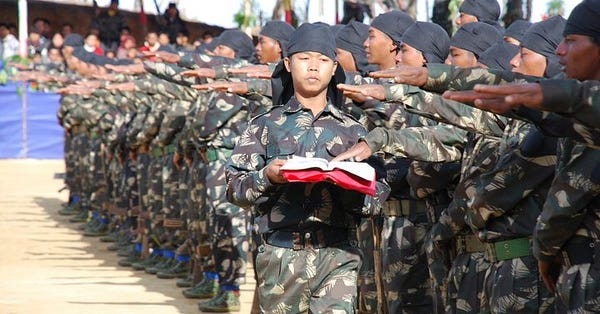
According to sources, the ZRA is operating under the proxy command of the junta’s Regional Tactical Command (RTC) in Kalay (Sagaing Region), also known as “Dasaka”. In fact, it is likely that the group receives some amount of logistical support – including weapons and ammunition – from the military’s Kalay RTC, which falls under the Northwestern Regional Military Command (RMC) based in Monywa. This RTC also also controls a local tactical command in the Chin capital of Hakha.
The Kalay RTC also allegedly coordinates with and supports the Manipuri Meiti IIGs operating mostly in Sagaing Region, of which the Manipuri People’s Liberation Army (PLA) is the most prominent. Over the last one year or so, various media reports have indicated strategic collaboration between the PLA and the Myanmar junta.
Remember that this is the same PLA that claimed a deadly attack on an Assam Rifles (AR) convoy in Manipur’s Churachandpur district in November 2021. Commanding Officer of AR’s 46 Battalion, Colonel Viplav Tripathi, his wife, Anuja, their 6-year-old son, Abeer, and four AR troopers were killed in the attack. According to reports, the insurgents had crossed over from Myanmar and scurried back after the ambush.
In fact, in January 2022, journalist Rajeev Bhattacharyya revealed that it isn’t just the PLA, but at least three other IIGs from Manipur and Assam – KYKL, People’s Republican Party of Kangleipak (PREPAK), and the United Liberation Front of Asom-Independent (ULFA-I) – were taking shelter in Myanmar with the junta’s blessings.
“In a replay of events somewhat similar to the early 1990s in Myanmar, the Tatmadaw has normalized its ties with many armed groups in what appears to be a shrewd effort at marshaling its resources for effectively combating the armed uprisings in some hotspots such as Kachin and Karen states,” Bhattacharyya wrote.
Notably, on 14 January 2022, troops from the Chin National Army (CNA) had attacked a camp housing 120 rebels from the PLA and “at least one other allied Manipuri rebel faction” near the village of Senam, located about 10 kms southeast of the Burmese border town of Tamu. The calculated offensive demonstrated that India can rely on the CNA as a strategic ally, much like it did during Operation Golden Bird in 1995 (is New Delhi listening ?).
In the recent national DGP-IGP conference hosted by India’s home ministry, the fact that Myanmar has served as a staging base for IIGs to launch attacks against Indian forces was pointedly acknowledged. So, India’s law enforcement and security agencies know this disturbing reality very well. Yet, we do not see New Delhi acting on it at a diplomatic level by, say, sending a stern message to the Myanmar junta to mend its ways.
What’s even more troubling is that according to the latest UNODC report, the junta-controlled Central Committee on Drug Abuse Control (CCDAC) reported zero eradication drives in Chin State in the 2021-22 period (coup year), unlike in Shan and Kachin States where the junta destroyed 1389 hectares of poppy in total.
So, why is the junta specifically ignoring the poppy fields in northern Chin State? Whom is it protecting? Or is it also drawing profits from the cross-border drug trade operated by proxy militias, even as the India-Myanmar border slips into an abyss of perennial instability?
These are questions that New Delhi needs to shoot at the junta next door, point blank. But, it isn’t just about a few poppy fields in a remote Chin frontier next to the international border. There is a bigger learning here: that the Burmese Generals have never really cared about Indian interests, despite being entertained (and even armed) by New Delhi. They have taken the Indians for a ride from time to time, while prioritising their own political, strategic and economic interests, big chunk of which are illicit.
So, one wonders for how long can the old Indian playbook on Myanmar bear positive outcomes. As the junta prepares to host a sham election to consolidate itself, New Delhi must return to the drawing board and see if it needs to turn a new page. One way to do so would be to redirect its diplomatic resources towards the highly-popular and committed pro-democracy bloc. As the largest democracy in the region, it only makes sense for India to do that.

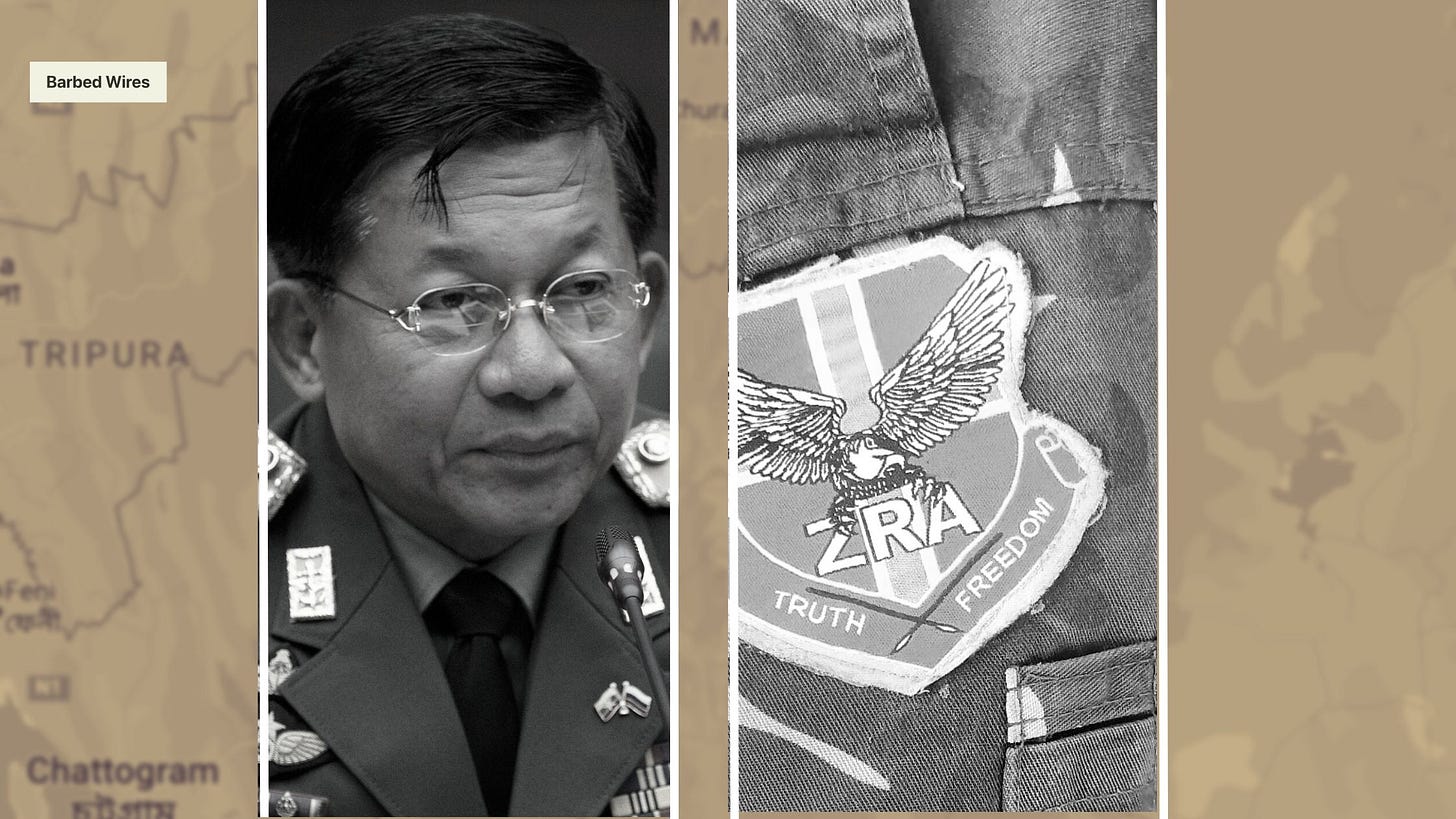

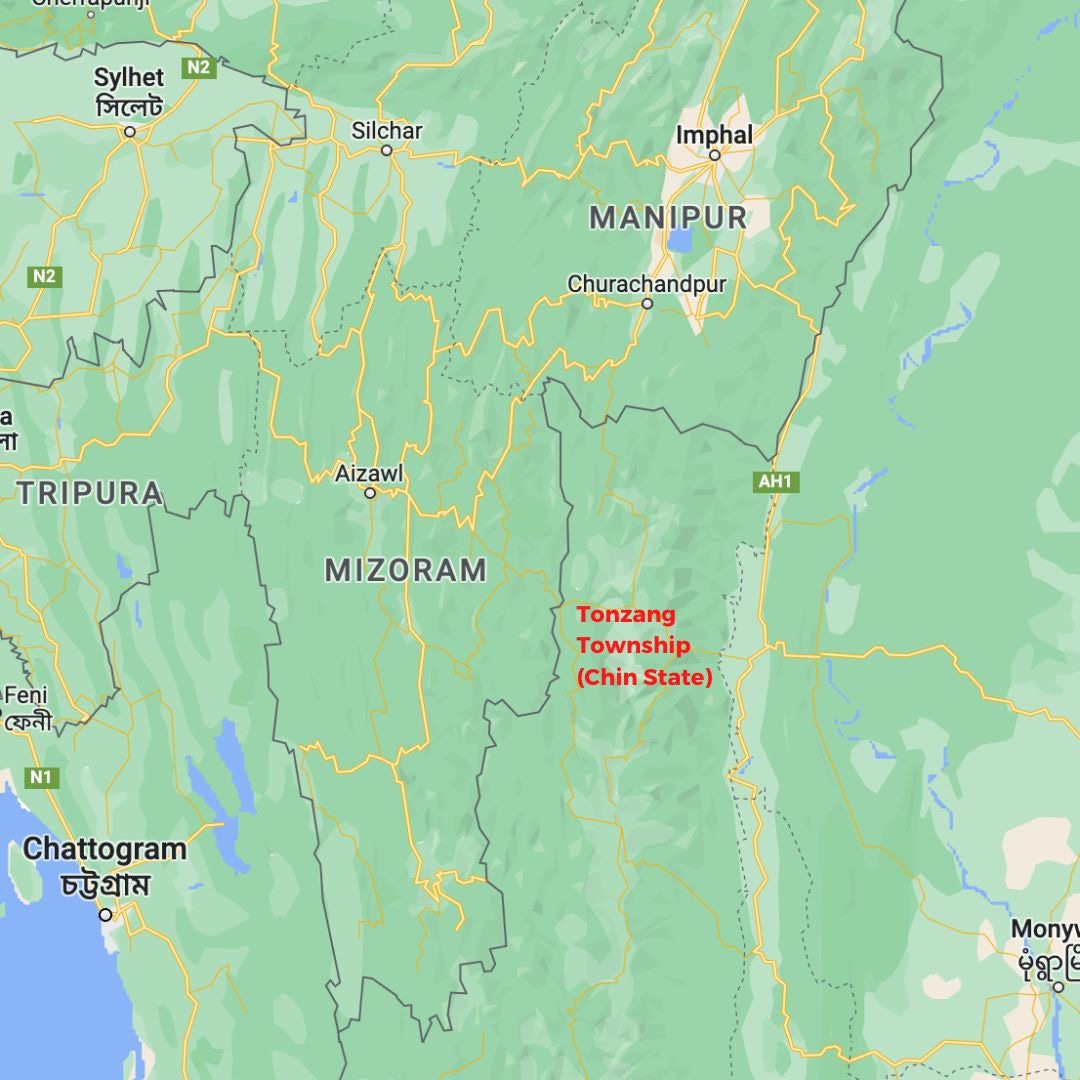
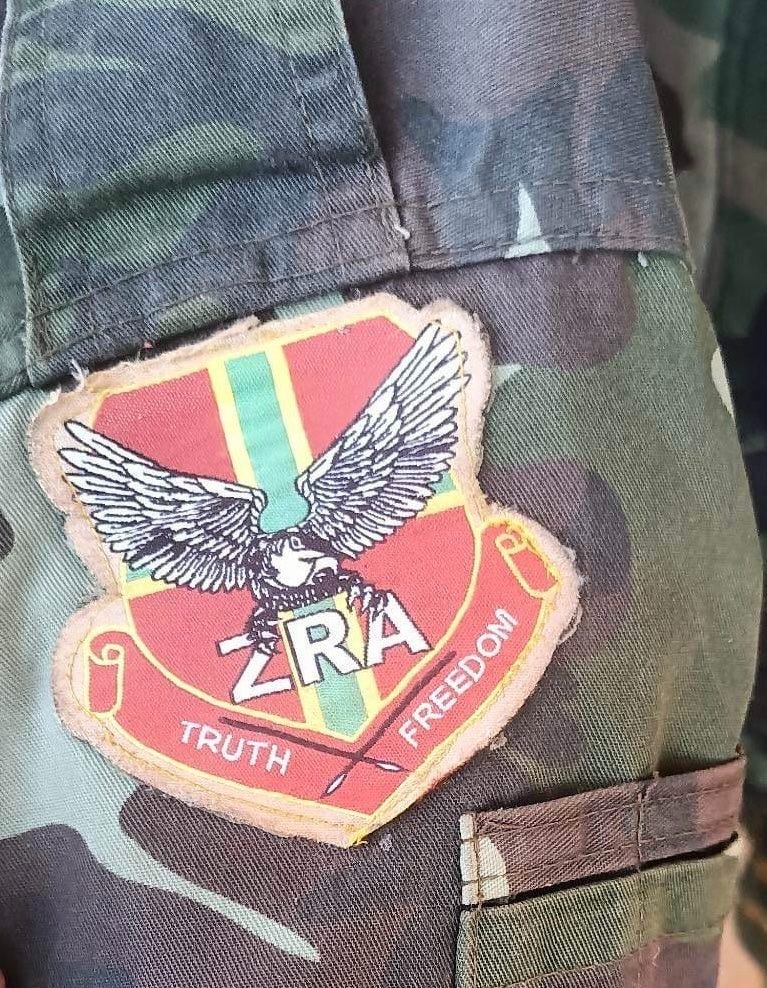

I am sure this jounlist was paid by the anti-junta group (s) or/and opposition parties.
The article seems interesting. But most of the contains are baseless and quite far from reality.
For instance, poppy cultivation had begun in BSPP era. Very long time ago. Of course the Myanmar Army somewhat legalized it.